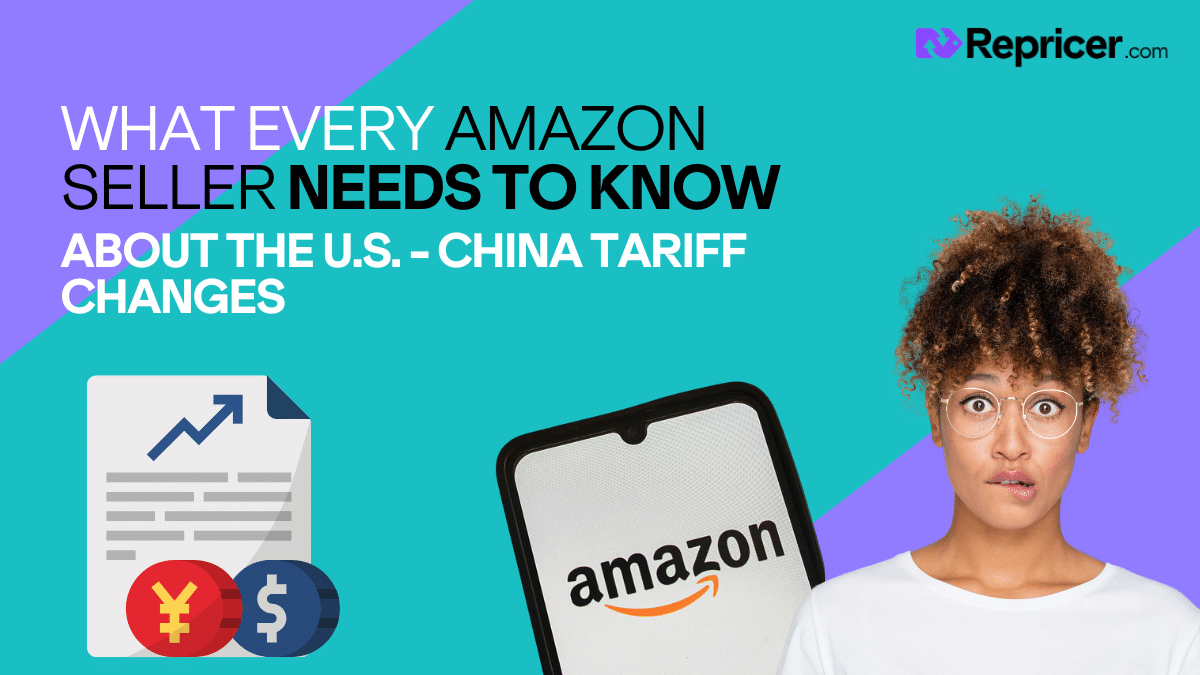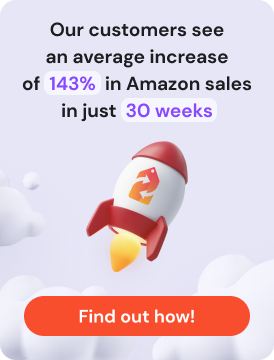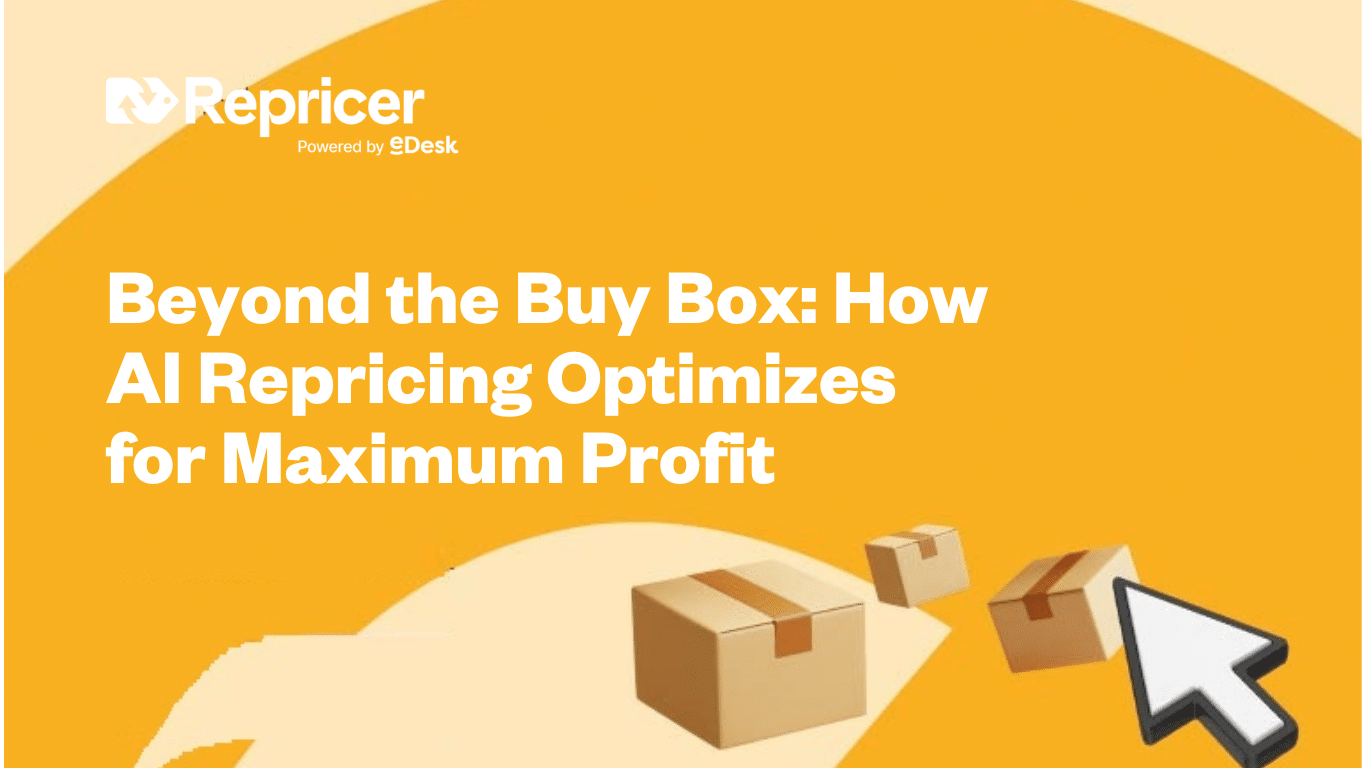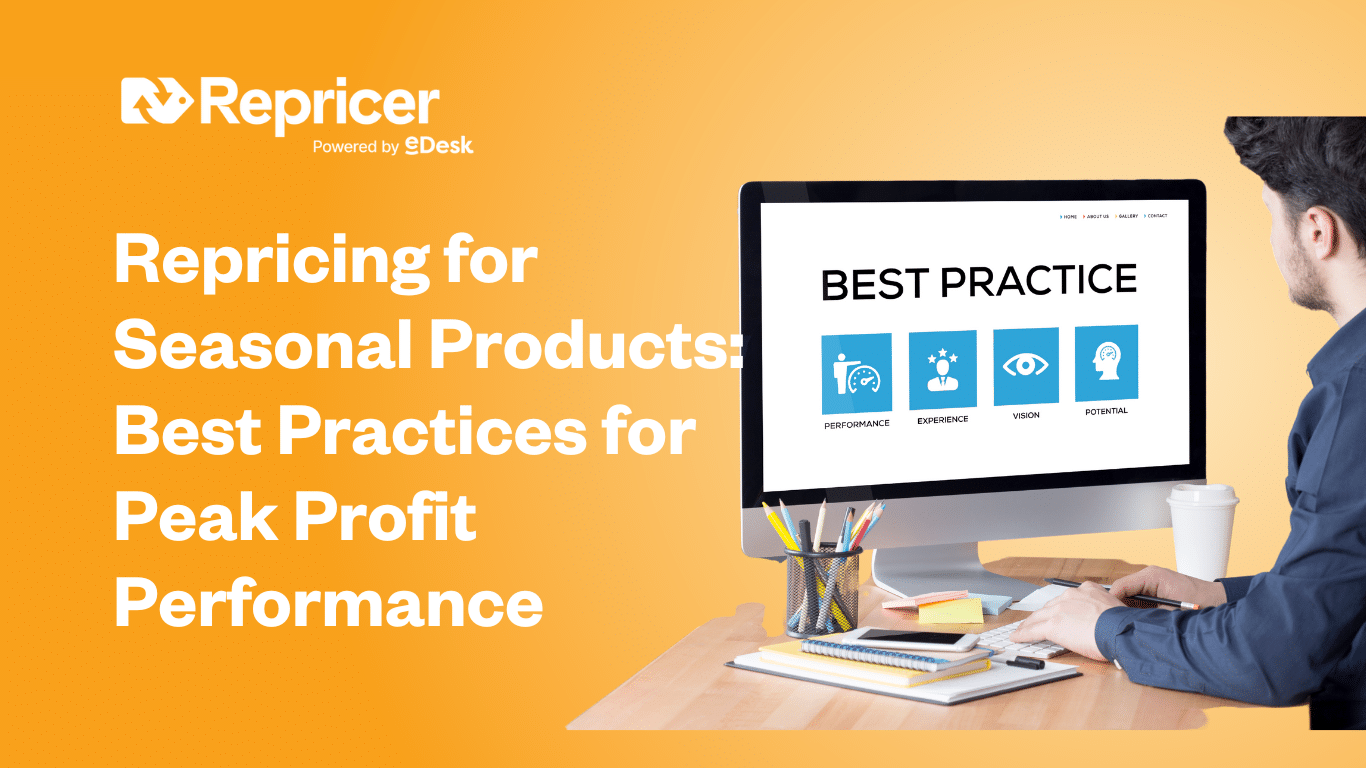The recent tariff reductions between the U.S. and China create a pivotal moment for Amazon sellers to recalibrate their strategies and maximize profitability.
Breaking Down the 2025 U.S.- China Tariff Adjustments
May 2025 marks a significant shift in the economic landscape for Amazon sellers as U.S.-China trade relations take a turn toward normalization. After years of escalating tensions that saw tariffs peak at an unprecedented 145% on Chinese imports, recent negotiations have yielded substantial reductions. This development signals a potential stabilization period, offering much-needed relief for small and medium-sized businesses operating on Amazon’s marketplace.
These tariff reductions come alongside the newly established U.S.- UK trade agreement, which has resulted in lowered costs across multiple industries, particularly in automotive and metals sectors. For Amazon sellers juggling international supply chains, these parallel trade developments create a complex yet opportunistic environment.
The Direct Impact on Amazon Sellers
The tariff reductions translate to several immediate effects for Amazon sellers:
Cost Adjustments and Margin Improvements
With lower landed costs on Chinese imports, sellers who maintained Chinese suppliers through the turbulent tariff period can now benefit from improved profit margins. Those who shifted their supply chains away from China during the height of the trade tensions might now reconsider their sourcing strategies given the reduced financial penalties.
Supply Chain Re-evaluation
The dramatic decrease from the 145% peak tariff rate incentivizes a fresh assessment of supply chain options. For many Amazon sellers, especially those in categories dominated by Chinese manufacturing (electronics, household goods, and fashion accessories), this presents an opportunity to revitalize relationships with Chinese suppliers or establish new ones with competitive terms.
Market Pricing Volatility
As all sellers adjust to these new economic realities, marketplace pricing will likely experience significant fluctuations. The cost savings from reduced tariffs will prompt sellers to reconsider their pricing strategies—some will pass savings to consumers to gain market share, while others will maintain prices to boost margins.
Repricing Methods to Stay Ahead Amid Changing Costs
In this dynamic environment, implementing effective repricing strategies becomes essential. Here are methods Amazon sellers can employ to optimize their margins during these tariff adjustments:
Margin Based Repricing
Margin-based repricing represents the most sophisticated approach for navigating tariff volatility, allowing sellers to maintain profitability regardless of cost fluctuations. Unlike conventional repricing that focuses solely on competitor prices, margin-based strategies incorporate your actual landed costs—including the newly reduced tariffs—to ensure every sale remains profitable.
With the tariff landscape shifting dramatically in 2025, this approach offers critical advantages:
- Automated profit protection: The system automatically calculates minimum prices based on your updated post-tariff costs plus your required profit margin, eliminating the risk of selling at a loss during market adjustments
- Revolutionary Buy Box Thresholds: Our new feature lets you set precisely how competitive you need to be for Buy Box eligibility while maintaining strict margin requirements—ideal for the post-tariff transition period when competitors are adjusting at different rates
- Dynamic cost updating: As tariff reductions are implemented in phases, simply update your base costs once, and all minimum and maximum prices adjust automatically across your entire catalog
- Scenario planning capabilities: Test different margin strategies before implementing them, allowing you to model the impact of passing tariff savings to customers versus retaining them for improved profitability
For Amazon sellers dealing with Chinese imports, margin-based repricing eliminates the guesswork during this period of tariff normalization, ensuring that every pricing decision remains anchored to your actual economics rather than merely reacting to competitor movements.
Rule-Based Repricing
For sellers who prefer more direct control, rule-based repricing allows for specific conditions that trigger price changes:
- Competitor targeting: Create rules that specifically address the pricing strategies of your key competitors
- Inventory-based rules: Adjust pricing based on stock levels, accelerating or slowing sales as needed
- Buy Box optimization: Develop rules focused on winning the Buy Box while maintaining acceptable margins
For example, an electronics accessory seller might create a rule to undercut domestic competitors by 3% while maintaining a 5% higher price than competitors still relying on pre-tariff reduction inventory. This strategic positioning captures value from both post-tariff cost advantages and competitor inefficiencies.
5 Common Pricing Mistakes to Avoid Amid Tariff Shifts
As you adapt to the new tariff environment, be careful to avoid these common pricing pitfalls:
1. Believing Pricing Is Everything
While pricing remains crucial on Amazon, particularly for winning the Buy Box, rushing to slash prices in response to tariff reductions could damage your long-term profitability. According to industry data, Buy Box winners typically have the lowest or near-lowest price, but seller metrics also play a significant role in Amazon’s algorithm.
Focusing exclusively on price can lead to:
- Unsustainably low profit margins
- Devalued brand perception
- Increased operational stress handling higher order volumes with insufficient returns
2. Neglecting Total Cost Analysis in Pricing Decisions
Many sellers fail to incorporate all costs when calculating how tariff changes affect their bottom line. Beyond the obvious tariff reductions, your pricing strategy should account for:
- FBA costs
- Shipping expenses
- Applicable taxes
- Amazon referral fees
- Currency exchange fluctuations
Without comprehensive cost analysis, apparent savings from tariff reductions might not translate to actual profit improvements.
3. Operating Without Competitive Intelligence
The post-tariff marketplace will see rapid adjustments as sellers respond differently to cost changes. Without real-time competitive intelligence, you risk:
- Missing opportunities to capitalize on competitors’ slow adaptation
- Being caught in unnecessary price wars
- Failing to identify predatory pricing aimed at forcing you to reduce margins
Implement systems to monitor competitor behavior, especially regarding whether and how they adjust prices in response to tariff reductions.
4. Ignoring Seasonal and Trend-Based Pricing Opportunities
The tariff reductions coincide with specific seasonal patterns in consumer demand. Failing to integrate these patterns into your pricing strategy limits your ability to maximize returns.
Remember that Amazon’s A9 algorithm favors conversion rates—if your post-tariff pricing strategy reduces conversions, you might lose visibility regardless of improved margins. Balance aggressive repricing during peak periods with strategic positioning during slower seasons.
5. Using Inadequate Repricing Tools
Not all repricing solutions are equipped to handle the complexity of the post-tariff environment. Essential features for navigating these changes include:
- Net-margin repricing that automatically integrates changing cost structures
- Multi-channel synchronization to maintain consistent pricing across platforms
- Time-based rules to adapt to weekly sales patterns
- Stock-level considerations to optimize inventory turnover
How Repricer Can Be the Game-Changer During Tariff Turmoil
As tariff reductions reshape the competitive landscape, automated pricing tools like Repricer offer Amazon sellers distinct advantages:
Automated Cost Integration
Repricer allows sellers to update their landed costs as tariff reductions take effect, automatically recalculating optimal price points based on net margin targets rather than gross margins.
Competitive Positioning
With features that let you target specific competitors, Repricer helps maintain strategic price differentials against sellers who may still be operating with higher-cost inventory or who haven’t adapted their pricing to reflect tariff changes.
Strategic Buy Box Management
The platform’s Buy Box optimization features help maintain the delicate balance between price competitiveness and profitability—critical during periods of market adjustment like the current tariff reduction period.
Inventory-Based Pricing Flexibility
As supply chains recalibrate in response to tariff changes, Repricer’s inventory-based rules can help manage sales velocity, preventing stockouts while suppliers adjust to renewed demand.
Preparing for the New Normal in U.S.-China Economic Relations
The 2025 tariff reductions represent not just a temporary change but potentially the beginning of a new economic equilibrium between the U.S. and China. Forward-thinking Amazon sellers will:
- Establish flexible pricing frameworks that can adapt to further policy changes
- Maintain diversified supply chains while leveraging improved Chinese import economics
- Invest in dynamic price management tools that provide competitive advantages regardless of tariff fluctuations
- Monitor policy developments to anticipate future trade agreement impacts
The sellers who will thrive in this environment won’t be those who simply react to tariff reductions with immediate price changes, but those who implement sophisticated systems to continuously optimize their positioning as the market adjusts to the new reality.
By leveraging automated repricing solutions like Repricer, Amazon sellers can transform these tariff changes from a potential disruption into a strategic advantage, ensuring long-term competitiveness despite the ongoing uncertainty of international trade dynamics.
Want to learn more about how Repricer can help you navigate these tariff changes? Visit our website for a free trial and see how automated repricing can transform your Amazon business during these dynamic economic times.




